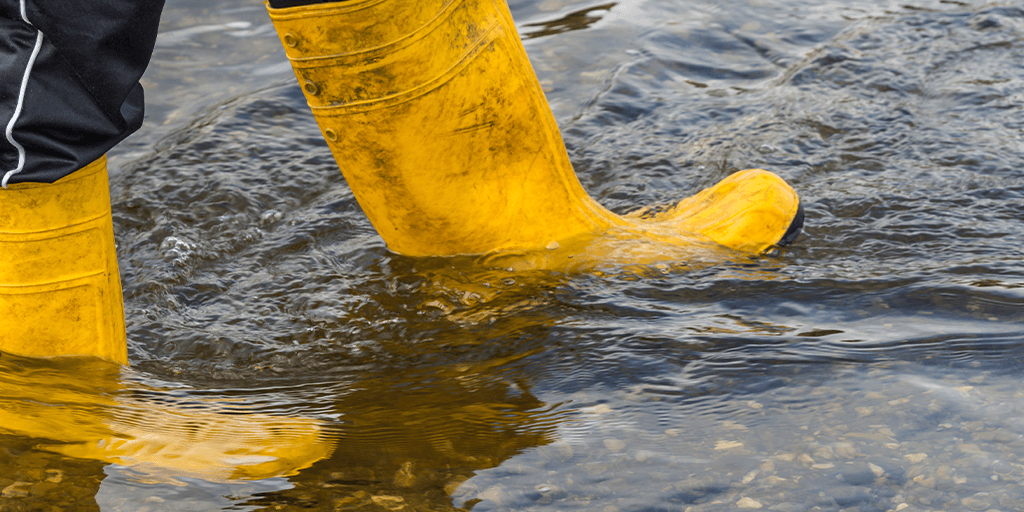
While Schuylkill County has never really felt the direct impact of a hurricane, it’s definitely seen its share of hurricane remnants. We’re prone to heavy rainfall after some tropical storms and that often leads to flooding in some areas of Schuylkill County. Flooding and flash flooding can lead to dangerous and life-threatening conditions so it’s good to review some effective flood safety tips and learn how to prepare for floods.
How to Prepare for Floods
If you live in a flood prone area of the coal region, there are things you should do ahead of any potential for flooding or flash flooding. And even if you don’t live in a flood prone area, very few homes and properties have zero risk of experiencing a flood.
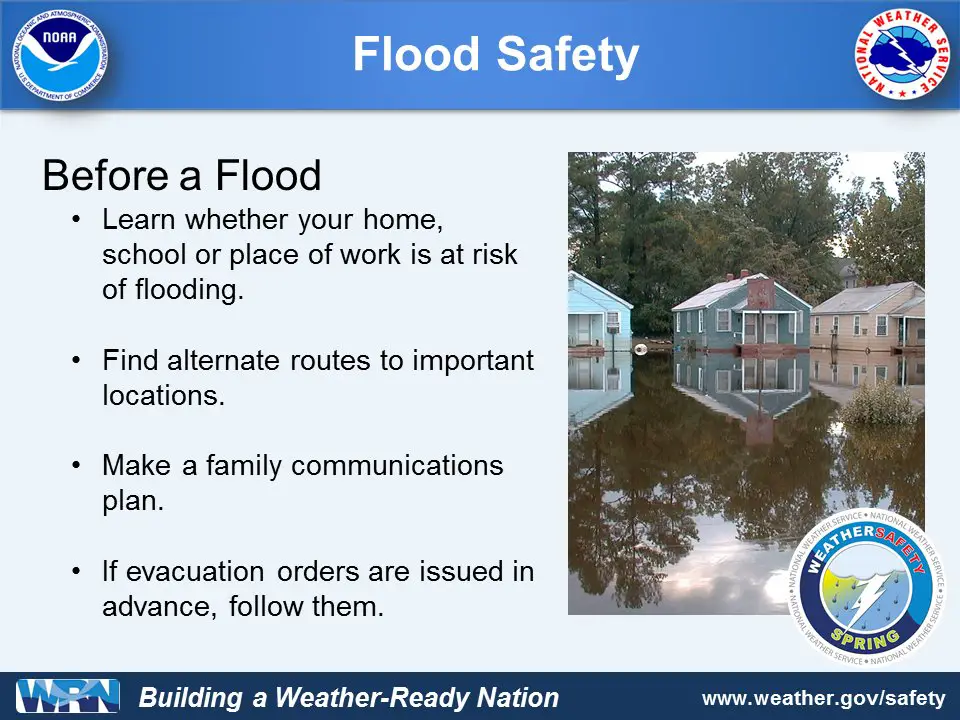
National Weather Service suggests everyone who may experience flooding follow these simple flood safety tips:
Stay Informed
Pay attention to weather forecasts ahead of any potential severe weather. Download a weather app to your phone that provides push notifications of severe weather alerts.
You can get a weather forecast for the Pottsville area by following this link here.
Also, contact your local fire department to learn what the emergency plan is ahead of a flood event and what they want you to do in case of emergency.
Assess Flood Prone Areas of Your Home and Property
Come up with a plan to remove water from your home if it’s in a flood prone area. Bring valuable items up from out of the basement. Clear any drains that may prevent flood waters from draining out of your home. Make sure your sump pump is in working order.
Secure Loose Objects Outside
Don’t lose valuable objects that could get swept up in flood waters. They’re not only valuable to you but they could present a dangers to others nearby and to emergency first responders.
Make a Plan for Pets
Don’t forget to make a plan for your pets. Set them up with alternate housing accommodations in the event you’re forced to leave your home.
Charge All Devices and Phones
If you’re unable to leave your home during an expected flooding event, be sure to charge all battery-operated devices – like a phone, laptop, or tablet – in the event electric power is lost. Those devices will help you stay in touch with friends or family.
Heed Flood Safety Warnings from Emergency Personnel
First of all, write down any emergency phone numbers you may need to call during a flood event. Only call 9-1-1 in the event of a life-threatening situation.
Although it rarely happens, people living in flood prone areas should be prepared to evacuate their property. Be sure to heed warnings from local emergency officials if you’re told to evacuate.
Prepare for Evacuation – Gather Emergency Supplies
It’s never a bad idea to have emergency supplies at the ready any time of year. If you’re told to evacuate your home, it could be days (or longer) until you can get back safely. Your flood prep kit should include:
- Dry sets of clothing
- An emergency supply of food
- Phone chargers
- Important legal documents
Flood Safety Tips
If you happen to encounter flood waters or your home becomes flooded before you could get out, make smart decisions that can likely save your life.
Here are some flood safety tips from the National Weather Service for when flood waters have already reached your area:
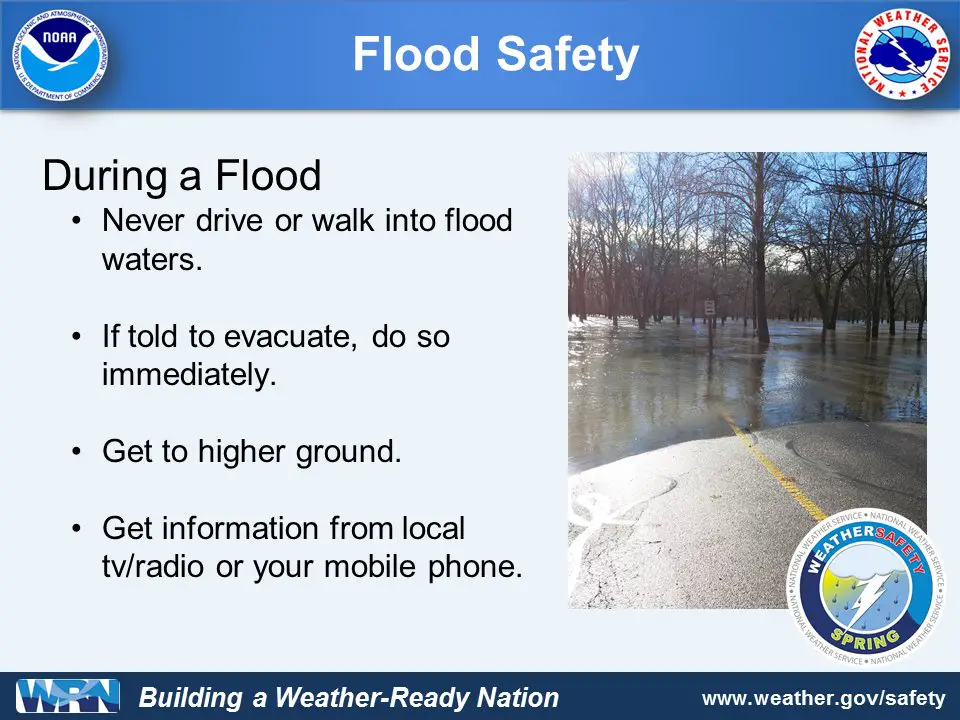
Move to Higher Ground
If you’re stuck in your home, move to higher ground if flood waters begin entering your home.
Don’t Walk Through Flood Water
Remember, just 6 inches of water is enough to knock the average person off their feet.
Even if you think flood waters aren’t that deep or you’re familiar with an area, don’t try to walk through any flooded area. Not only are you unaware of how deep the water really is, you don’t know what’s in that water. Flood waters may contain things that are hazardous to your health, especially if they’re accidentally ingested.
Don’t Drive Through Flooded Roadways
It’s cliche but a pertinent flood safety tip: “Turn around, don’t drown.”
It only takes about 2 feet of flood water to carry a vehicle. Avoid flooded roadways and pay attention for emergency personnel actively closing off roads that have become impassable.
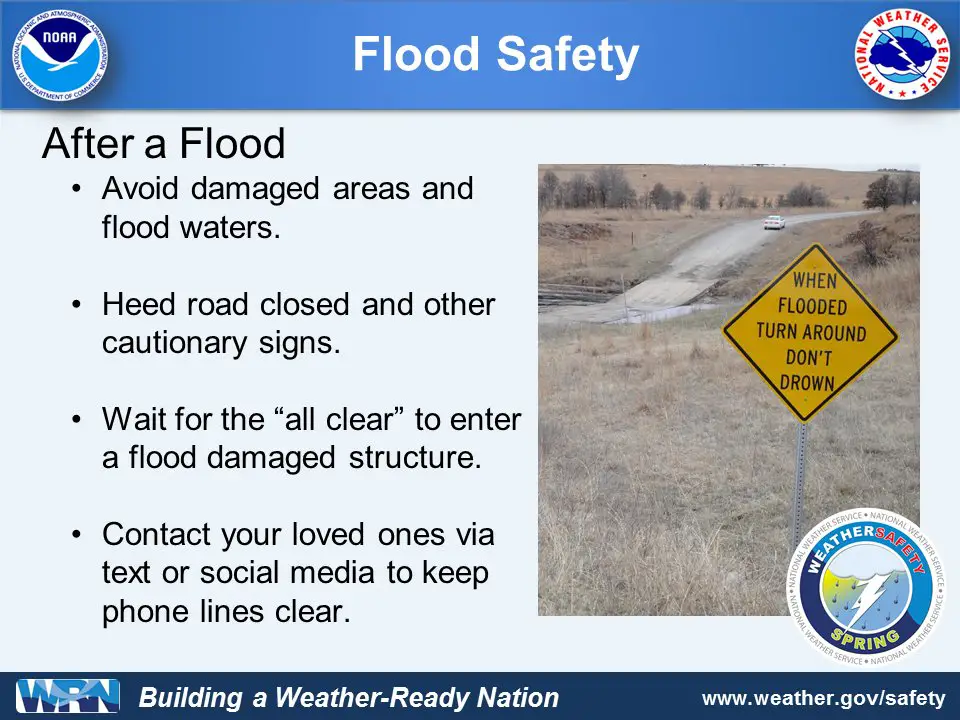
Images and Photo: National Weather Service, Depositphotos
Subscribe to Coal Region Canary
Get email updates from Coal Region Canary by becoming a subscriber today. Just enter your email address below to get started!Support Coal Region Canary
Like our reporting and want to support truly local news in Schuylkill County? Your small donations help. For as little as $5, your contribution will allow us to cover more news that directly affects you. Consider donating today by hitting the big yellow button below ...














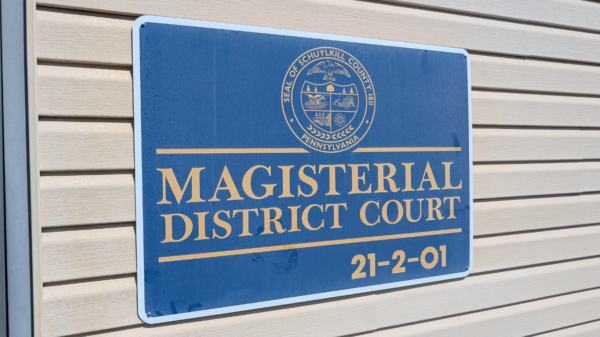



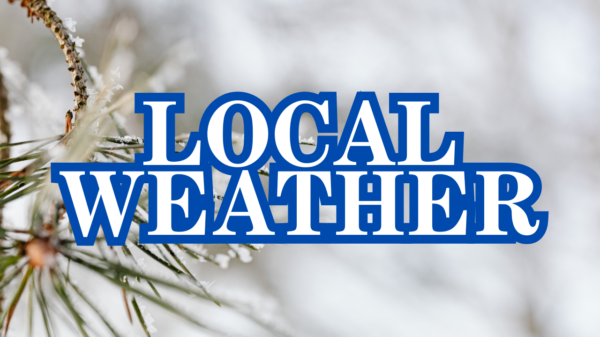

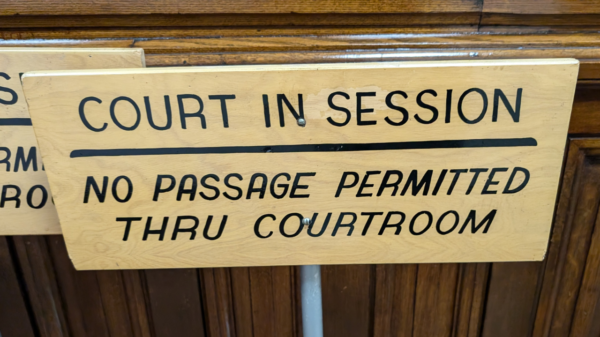













Theresa R Price
August 31, 2021 at 11:54 am
Thank you for all the flood information.